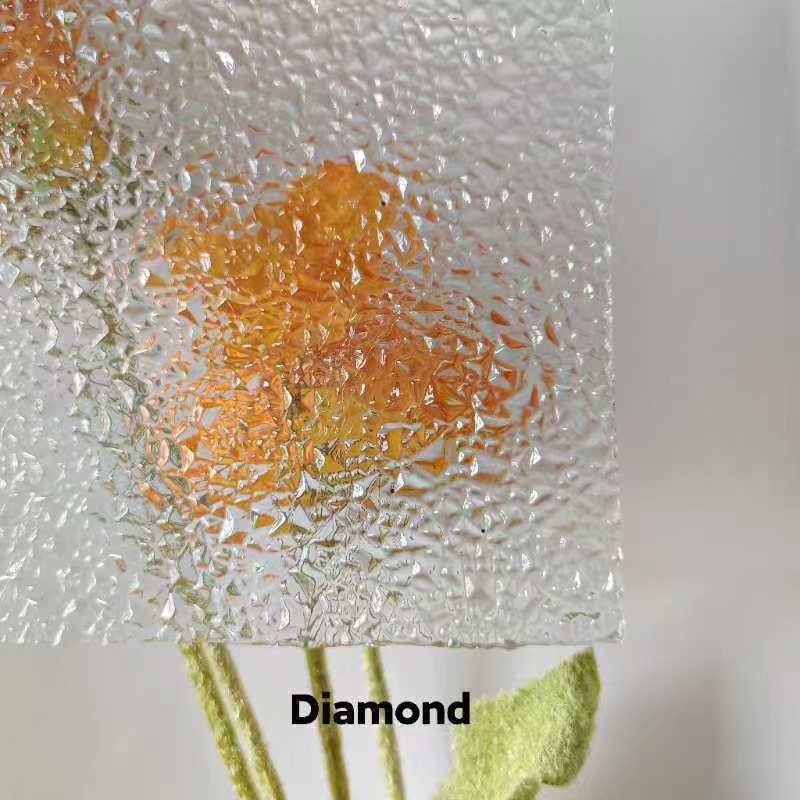

The Beauty and Versatility of Satin Pattern Glass
Satin pattern glass is a unique and elegant material that has captivated artists, designers, and homeowners alike. Renowned for its soft, frosted texture and subtle patterns, this type of glass combines aesthetics with functionality, making it an ideal choice for a variety of applications.
Understanding Satin Pattern Glass
At its core, satin pattern glass is produced through a process that involves acid etching or sandblasting. This process creates a soft, diffused surface that reduces glare while still allowing light to permeate. The beauty of satin glass lies in its diverse range of patterns, which can include geometric shapes, floral designs, and abstract motifs. These patterns add a layer of sophistication, turning ordinary glass into a piece of art.
One of the most appealing attributes of satin pattern glass is its ability to provide privacy without sacrificing natural light. This quality makes it particularly popular in spaces such as bathrooms and entryways, where aesthetic appeal and functional privacy are equally important. Homeowners and designers often utilize satin glass in shower enclosures, doors, and window panes to create a serene and inviting atmosphere.
The Versatility of Satin Glass in Design
Satin pattern glass is not limited to residential applications; it has found a prominent place in commercial settings as well. From office partitions to storefront windows, satin glass presents a modern, professional appearance while maintaining a level of discretion. Additionally, its reflective properties can enhance the visual dynamics of a space, offering a blend of elegance and practicality.

In interior design, satin pattern glass can be used creatively to achieve various effects
. For instance, incorporating satin glass panels into cabinetry or furniture can create a visually striking contrast with traditional materials. Designers are increasingly using it in light fixtures, where the frosted surface diffuses light beautifully, casting a warm and inviting glow throughout the room.The color options available for satin pattern glass add another layer of versatility. While the classic frosted white remains a favorite, manufacturers are now offering a spectrum of colors and tinting options. This variety allows designers to customize their projects, ensuring that the glass complements the overall color scheme of a space.
Care and Maintenance
One of the practical advantages of satin pattern glass is its ease of maintenance. Its textured surface can help mask fingerprints and smudges, making it a low-maintenance choice for busy households and commercial environments. Routine cleaning usually involves a gentle glass cleaner or simply soapy water, ensuring the glass maintains its pristine appearance over time.
Conclusion
Satin pattern glass represents a beautiful intersection between art and functionality. Its striking visual appeal, combined with its diverse applications, makes it a valuable addition to any design project. As trends continue to evolve in the world of architecture and interior design, satin pattern glass stands as a timeless choice that offers both aesthetic beauty and practical benefits.
As we seek to balance light and privacy in our living and working spaces, satin pattern glass remains a go-to material for those looking to enhance their environments. Whether used to create serene bathrooms, stylish office spaces, or stunning architectural features, the allure of satin pattern glass is undeniable. Its ability to transform ordinary glass into a work of art continues to inspire creativity and innovation across the design industry.